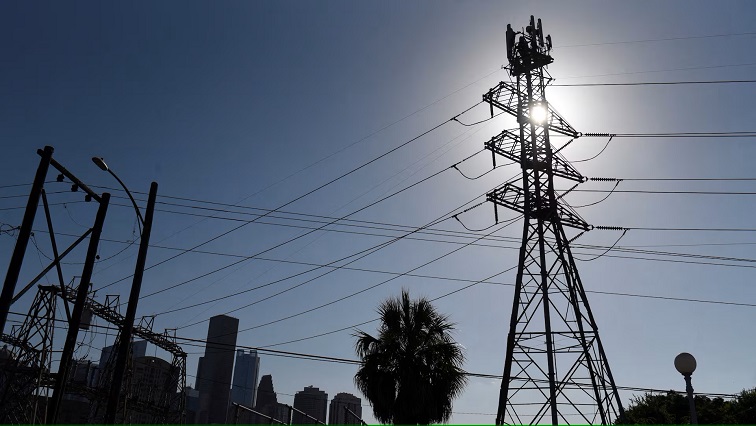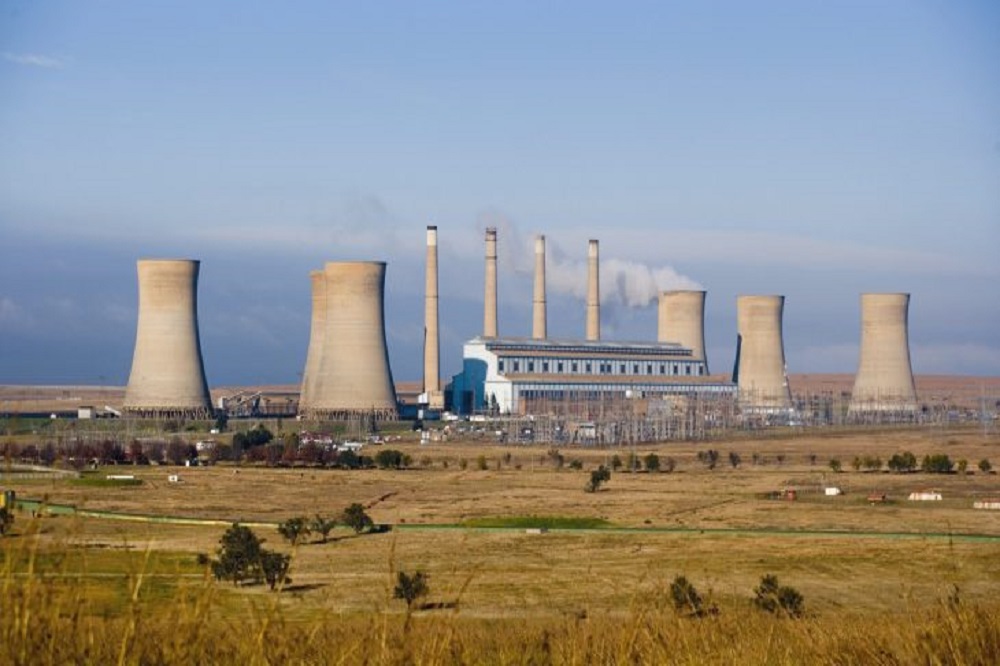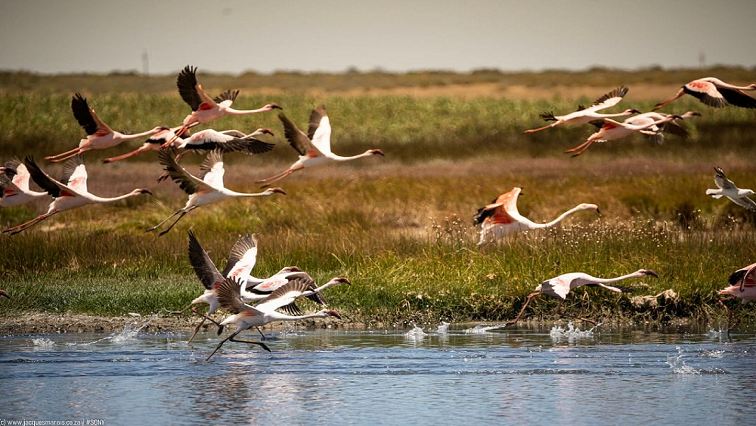South Africa has adopted an investment roadmap to fund the expansion and modernisation of its transmission infrastructure. Government aims to tap into the private sector’s resources to raise R440 billion for the rollout of transmission infrastructure in the next 10 years.
South Africa amended the Electricity Regulation Act going into 2025 to allow for the Electricity and Energy Minister to bring in the private sector on infrastructure projects.
Electricity and Energy Minister Dr Kgosientsho Ramokgopa presents gazetted regulations, outlining efforts underway by the National Treasury to raise credit guarantee funds to address risks to the project.
SA unveils R440bn transmission infrastructure plan
The country says to address economic bottlenecks and usher in growth, South Africa will have to ensure energy security, which will come through transmission development.
The 10-year plan aims to construct 14 000 km of transmission lines through public-private partnerships.
The Minister outlines the new transmission regulations, which have now been open for public participation for phase 1, that will govern private sector participation in the construction of 1 160 km in 3 provinces.
“So they established their rules with regard to the agreement of the transmission system. What will underpin the agreement between the buyer and the and then on the other side, it talks are false issues of revenue. How is the operator going to make money? It talks about capacity availability and all that. It says the parameters around the availability, the period of availability is set that it is 97%, and we also talk about the penalties if we are unable to meet those commitments. And we also address the issues around how we are going to govern the relationship between the buyer and the procurer. So all of those things are in the regulation so that there’s a level of certainty for those who are going to be participating in this program,” Ramokgopa explains.
The National Treasury has outlined a credit guarantee vehicle and timelines to raise funds that will help to provide guarantees to investors and de-risk the multi-billion-rand transmission project.
Acting DDG National Treasury Ravesh Rajlal says, “The current guarantee vehicle has got an importance where it basically takes the place of government and provides guarantees to the private sector because obviously they see it as a potential risk in some of the investing into something that is fairly new from the transmission perspective. we’re providing 100 million US dollars from a government perspective into this guaranteed vehicle so when we have the private sector who basically comes in and if there’s any risk of termination, we cannot pay, um, they don’t turn to government for for ensuring that that payment is made of this termination list.
“So that’s where obviously the capital initial capital is gonna be a lot of $500 million, as I said, 20% of that will be from uh, you know, from uh, you know, from national security to the government of South Africa itself and then obviously we look at other development partments as well,” Rajlal adds.
A market study has revealed that 65% of local private entities have expressed interest in the plan.
Eskom Chairperson Mteto Nyati says this spells good news for roping in the private sector to help in energy security efforts.
Eskom Chairperson Mteto Nyati says, “Eskom, our balance sheet is not strong enough to help us build these new transmission lines. We’re probably going to be doing 20 to 30% of what is required. We need the private sector to come in and help us with the rest. The private sector is always willing to fund. They don’t have issues and problems with regards to the availability of funds. They always have that. But the problem is, are they going to get a return, you know? So what you need is to create an environment where the private sector can be able to say, if we put in the money, we will be able to get the return out of this. And the vehicle that we are talking about here credit guarantee vehicle. It helps the risk and it encourages the private actor to be able to put their money and help us to build these new transmission lines that our country desperately needs.”
The first phase of the project will be implemented by the IPP office, with the Development Bank of Southern Africa identified as one of the entities to help in rallying the Credit Vehicle Guarantees.
DBSA’s Mpho Mokwele says they will also assist in setting up a transmission programme office.
“We need to prepare some of these transmission projects as quick as possible, ever a class pipeline of this transmission projects in order to ensure that they’re bankable and then they can feed into you know the market in terms of being financed in terms of investors coming in and investing in in those in those projects. But the one important thing that I thought, you know, the minister mentioned, and which is what we are assisting on, is leverage in this transmission, infrastructure program in order to unlock lots of jobs, reindustrialize, and as well as ensuring that we’ve got enough capacity in terms of contractors. You know, supporting SMMEs in the space. These are large infrastructure projects in their billions and it’s quite important that across the entire value chain we do make sure that our SMMEs, our entrepreneurs, take advantage of these opportunities.”
The Minister has called on the public and landowners to support the project when it gets underway, to avoid legal tussles and land expropriation efforts.
What the industry can now expect is a request for proposals to come out in the market later on in the year, with Minister Ramokgopa urging investors and financiers to rally behind the mega project. Work will also start by the national treasury to derisk transmission through the Credit Guarantee Vehicle, which is looking at providing at least 500 billion US dollars to mitigate against risks to the rollout of the transmission project.





